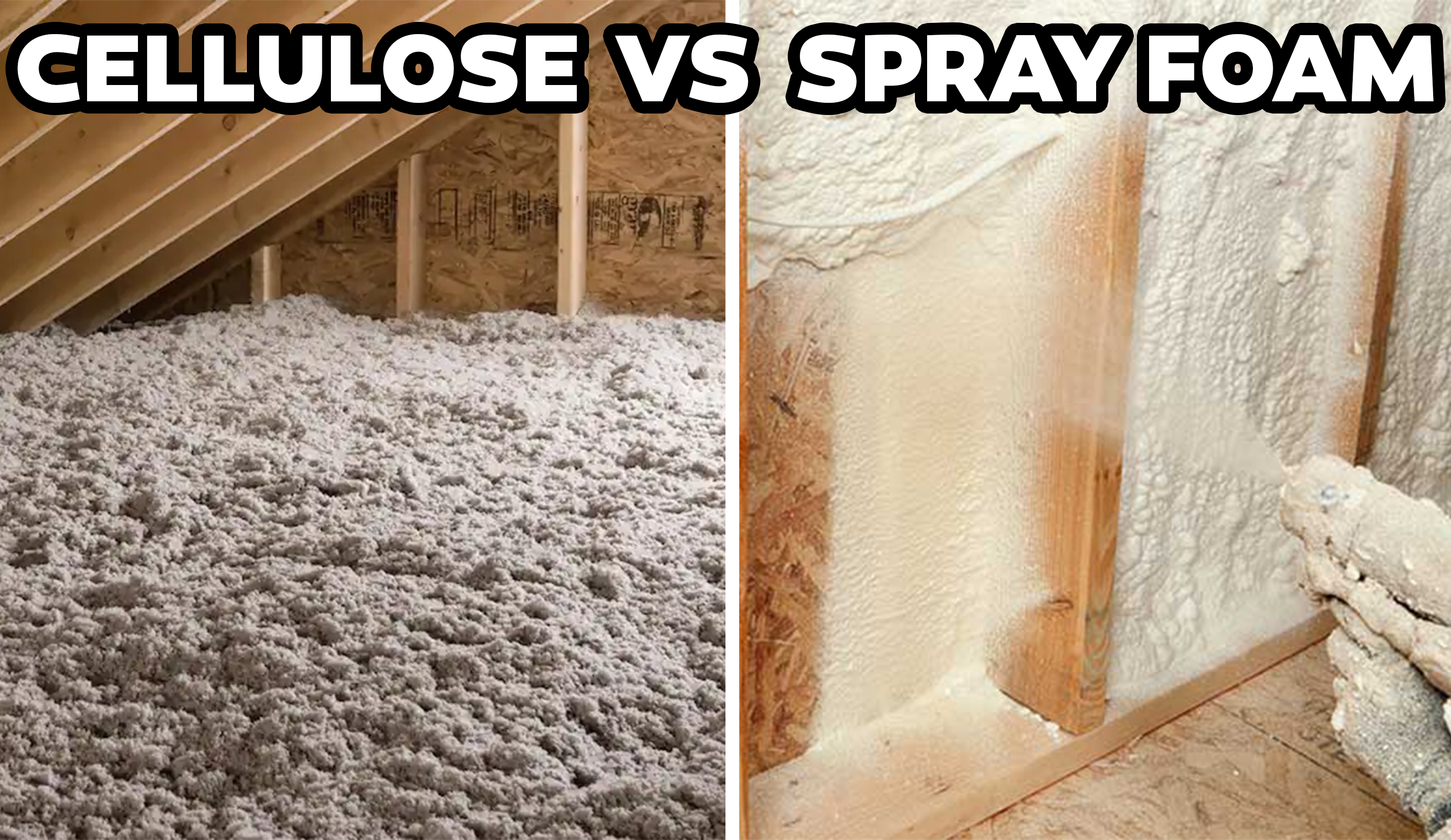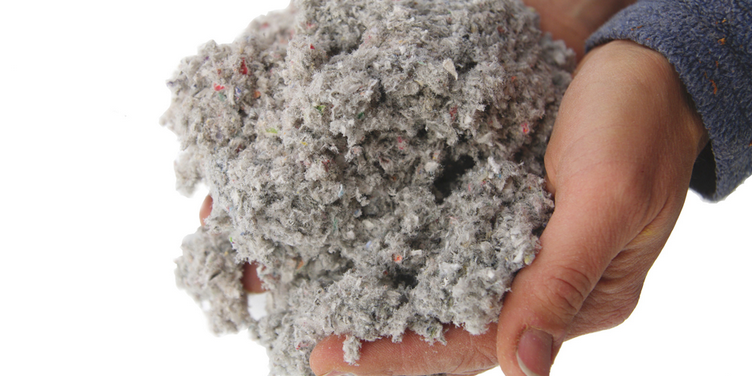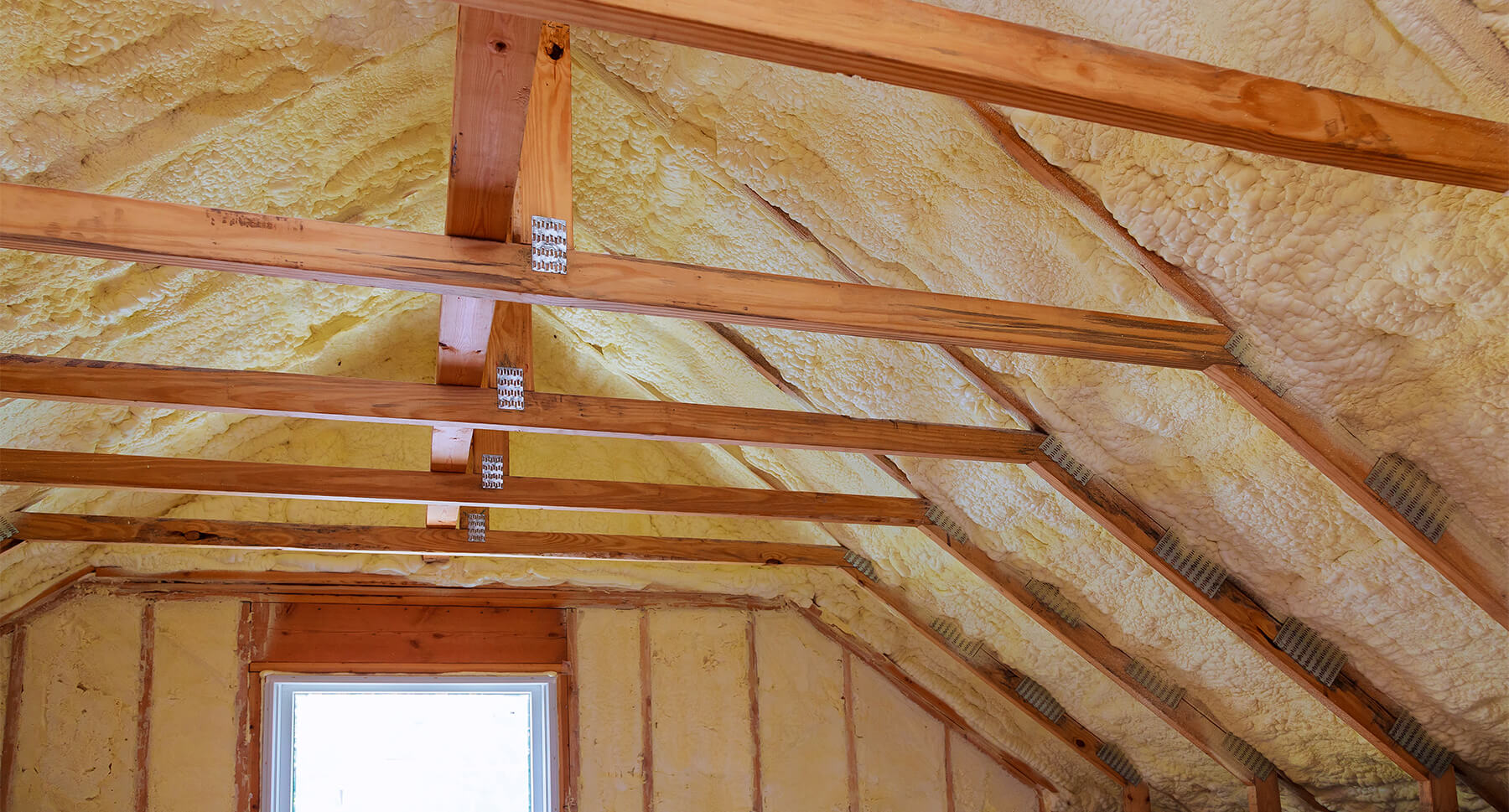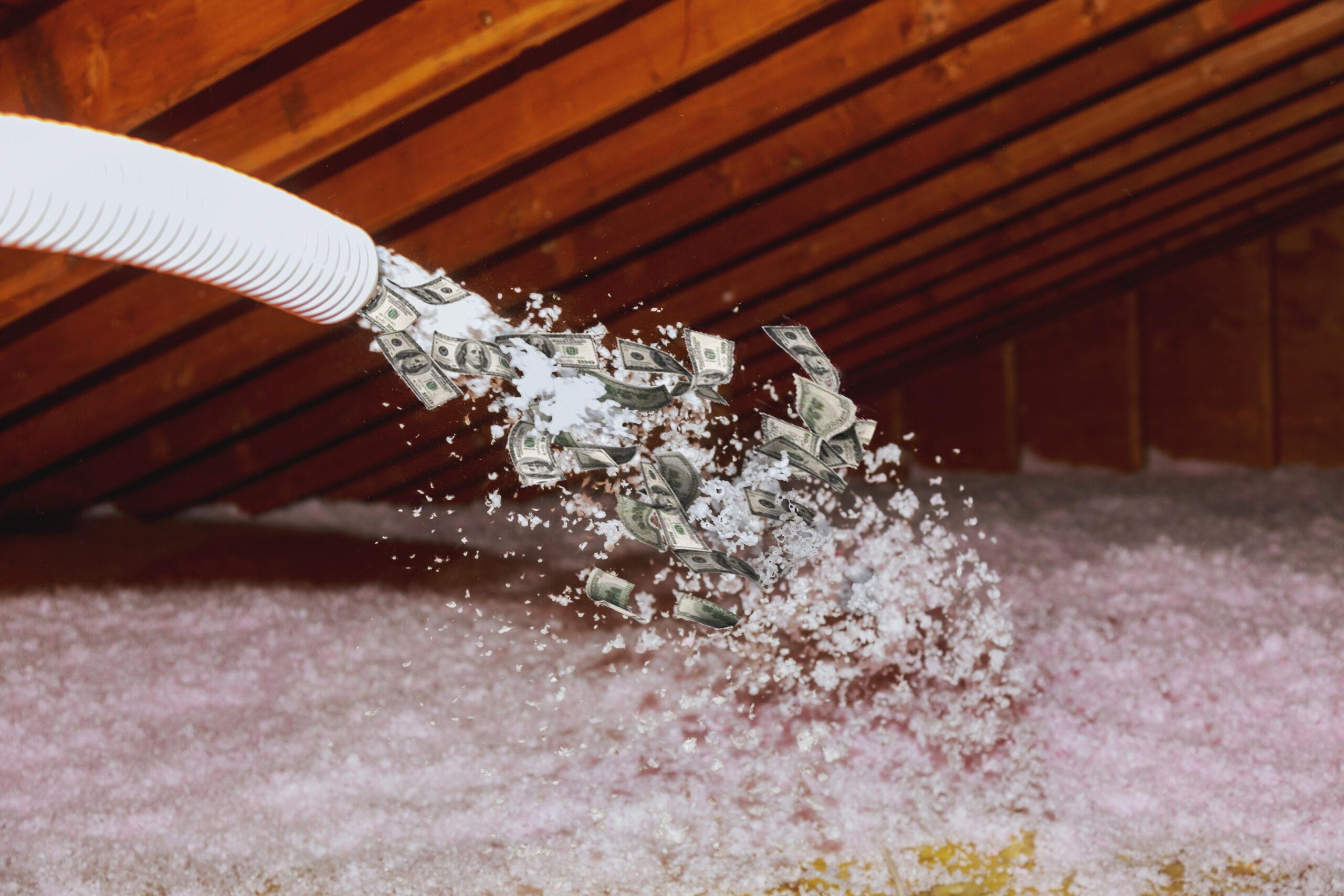Want to save with Paschal? Don’t miss our current offers and specials

Want to save with Paschal? Don’t miss our current offers and specials
Return to Paschal Resource & Education Hub

Insulating your attic is an essential home maintenance task that every homeowner should undertake. It’s a key component in maintaining a comfortable home environment, cutting down on energy costs, and preserving the structural integrity of your house. But when it comes to choosing the right insulation material, homeowners often face a tough choice between blown-in cellulose and spray foam. Both have their own unique set of benefits and drawbacks, but which one should you opt for?
As trusted professionals at Paschal Air, Plumbing & Electric, we’re well-versed in all things insulation and can guide you through this decision-making process. So, let’s dive in-depth into these two insulation options, delve into the nitty-gritty details, and help you determine the best choice for your home. We’ve served thousands of homeowners and helped them make their homes more energy-efficient and comfortable. And we’re ready to do the same for you.

Insulation is material that is used to slow down the transfer of heat, keeping your home warm in the winter and cool in the summer. This translates into lower energy costs, less strain on your HVAC system, and a more comfortable indoor environment.
The performance of insulation is primarily measured in R-value, which denotes the resistance to heat flow. A higher R-value means the insulation is more effective. The recommended R-value for attic insulation varies depending on your geographical location, but generally, an R-value between R-30 and R-60 is ideal.
Blown-in cellulose insulation is a popular choice among homeowners, primarily due to its eco-friendly nature, affordability, and effectiveness.
Cellulose insulation is made from recycled paper products, primarily newspaper, that have been treated with fire retardants. As a result, it has a lower environmental impact than many other insulation options. It has a good R-value, around R-3.1 to R-3.7 per inch, providing effective thermal resistance.
The term ‘blown-in’ refers to the method of installation. Insulation installers use specialized equipment to break apart the cellulose material and blow it into your attic, creating a seamless layer of insulation. This method allows the insulation to fill all the nooks and crannies in your attic, providing comprehensive coverage.

Spray foam insulation is another popular choice, known for its high insulating properties and versatility.
Spray foam insulation is a liquid material that, when sprayed, expands and hardens into a solid foam. This foam can adhere to any surface, making it an excellent choice for irregularly shaped areas and around obstructions. There are two types of spray foam insulation: open-cell and closed-cell. Open-cell foam has a lower R-value (around R-3.5 per inch) but is less expensive, whereas closed-cell foam offers a high R-value (around R-6.0 to R-7.0 per inch) but is more expensive.

Let’s now delve into a side-by-side comparison of these two insulation types, focusing on key aspects such as cost, energy efficiency, installation, and environmental impact.
Both blown-in cellulose and spray foam insulation offer long-term energy savings, but their upfront costs vary significantly. Typically, cellulose insulation is less expensive to install compared to spray foam. The price can fluctuate depending on your area and the size of your attic, but homeowners can expect to save up to 30-50% by choosing cellulose over spray foam.
When it comes to energy efficiency, both options perform admirably. However, the higher R-value of closed-cell spray foam means it offers better insulation. This translates into potentially greater energy savings. However, considering the higher cost of spray foam, the payback period can be longer.
In terms of installation, blown-in cellulose is simpler and quicker to install than spray foam. The blown-in method allows the material to fill even the smallest gaps and crevices, ensuring a well-insulated attic. Spray foam, while it also provides a comprehensive coverage, requires more careful application and longer curing times. It’s also worth noting that improper installation of spray foam can lead to gaps in insulation and potential health risks, reinforcing the need for professional installation.
As an insulation material made primarily from recycled paper, cellulose has a lower environmental impact than spray foam. The production process for cellulose is also less energy-intensive. Spray foam, on the other hand, is typically derived from petroleum-based products, and its manufacturing process can contribute to greenhouse gas emissions.
The installation of blown-in cellulose insulation begins with the preparation of the area. This involves sealing any air leaks in the attic, installing vent chutes, and setting up the insulation dam.
Next, the cellulose insulation material is loaded into a specialized machine that breaks it apart and then blows it through a long hose. The installer moves the hose around the attic, evenly distributing the insulation to the desired depth. The entire process can be completed within a day, depending on the size of your attic.

The installation of spray foam insulation is more complex. It starts with preparing the area, which includes covering any items in the attic that need protection from overspray.
Then, using a specialized sprayer, the liquid foam is sprayed onto the desired surfaces. As it hits the surface, it expands and hardens, forming a solid, continuous layer of insulation. The foam must then be allowed to cure, a process that can take up to 24 hours.
After curing, the foam is trimmed and covered with a fire-protective layer, if required. It’s crucial to hire professionals for spray foam insulation installation due to the technical nature of the process and the potential risks associated with mishandling the materials.
When deciding between blown-in cellulose and spray foam insulation, there are several factors to consider:
At Paschal, we offer top-notch blown-in cellulose insulation services. With our team of trained professionals, you can rest assured that the job will be done correctly, providing you with maximum comfort and energy savings.

Insulating your attic is a critical step in enhancing your home’s comfort and energy efficiency. When it comes to choosing between blown-in cellulose and spray foam insulation, there’s no one-size-fits-all answer. The right choice will depend on your home’s specific needs, your budget, and your environmental preferences.
At Paschal Air, Plumbing & Electric, we’re here to guide you through this decision and provide you with high-quality insulation services. Contact us today to schedule your next appointment and discover how we can help you optimize your home’s energy performance. Trust the professionals at Paschal to keep your home comfortable, year-round.